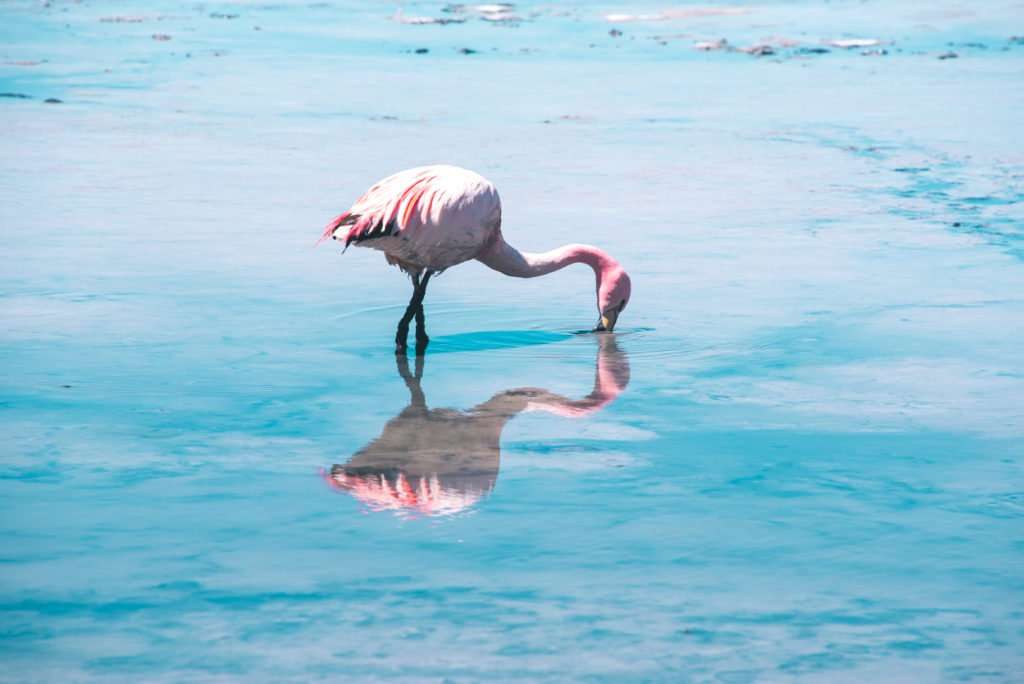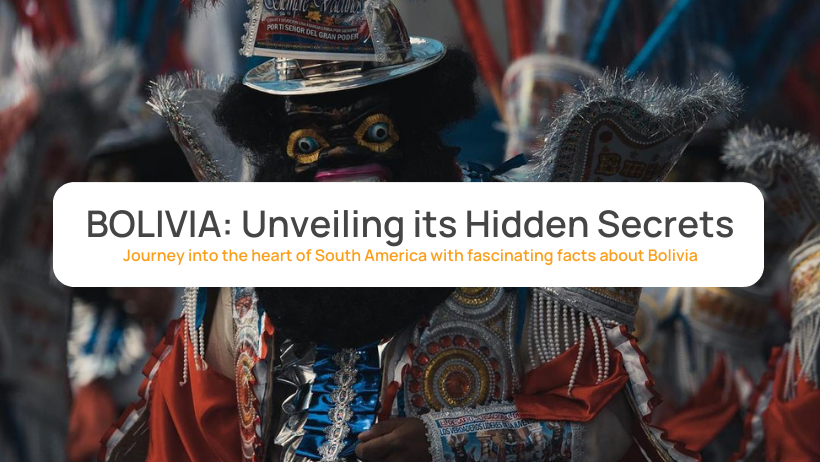Get ready to discover the fun facts about Bolivia and Also Interesting Facts that will blow your mind! Bolivia, a captivating country nestled in the heart of South America, is filled with intriguing and unique characteristics that make it a fascinating destination for travelers. From its rich cultural heritage to its breathtaking landscapes, Bolivia offers a plethora of fun facts that will leave you in awe. Let’s embark on a journey to discover some of the most captivating aspects of this enchanting country & the best things to do in Bolivia.
Table of Contents
Funny facts about Bolivia (2023)
- Bolivia is a landlocked country in South America: Thanks to the bad relations with Peru and a War with Chile where Bolivia lost territory. Bolivia today is a country that pays double tax to import any product by sea
- The country is named after Simon Bolivar, a military leader who led many Latin American countries to independence.
- Bolivia has 37 official languages, with Spanish, Quechua, and Aymara being the most commonly spoken.
- Bolivia has two capital cities: La Paz and Sucre. Sucre is the constitutional capital, while La Paz is the administrative capital.
- Bolivia is home to the world’s highest navigable lake, Lake Titicaca.
- Bolivia’s Salar de Uyuni is the world’s largest salt flat, spanning over 10,582 square kilometers.
- There’s a tradition in Bolivia where people hang skulls, known as ‘natitas’, in their homes for good luck and protection.
- Bolivia has the largest population of indigenous people in South America, making up about 62% of the population.
- La Paz, Bolivia is the highest capital city in the world at more than 3,500 meters above sea level.
- The Bolivian flag has three colors: red for the brave soldiers, green for fertility, and yellow for the country’s mineral deposits.
- It is common in Bolivia to celebrate “Day of the Sea” (Dia del Mar) to mourn their coastline lost to Chile in the War of the Pacific.
- Bolivia is one of the largest producers of Brazil nuts in the world.
- In Bolivia, it is considered good luck to purchase miniature versions of things you want, a tradition practiced on the Day of Alasitas.
- Bolivian cuisine is known for its delicious salteñas, a type of baked empanada.
- Llama meat is commonly consumed in Bolivia, and llamas are also used as pack animals.
- In Bolivia, it’s common to find llama fetuses at local markets; they are used in rituals for good luck.
- Bolivia is home to one of the most dangerous roads in the world, “The Death Road,” attracting thrill-seeking cyclists worldwide.
- Bolivia has one of the world’s largest butterfly sanctuaries.
- The official currency of Bolivia is the Bolivian or “boliviano”.
- Bolivia is known for the Tinku Festival, a traditional indigenous fighting festival: On this holiday they can fight to the death and it is legal.
- Bolivia is one of the top three producers of cocaine globally, although coca leaves are legal and used traditionally in the country.
- Despite its tropical location, due to the extreme altitude, Bolivia is home to the world’s largest high altitude ice field, the Quelccaya Ice Cap.
- The majority of the Amazon rainforest is in Brazil, but a significant part also lies in Bolivia.
- The Madidi National Park in Bolivia is one of the most biodiverse areas on the planet.
- Bolivia is home to Potosi, once considered the richest city in the world due to its silver mines.
- Bolivia has more than 200 species of mammals, including the Andean condor, spectacled bear, and the llama.
- A Bolivian named Carmelo Flores Laura was once considered the oldest person ever, living to be 123 years old.
- Bolivia’s “Witches’ Market” in La Paz sells traditional healing and magic artifacts, including dried frogs for luck.
- The national animal of Bolivia is the Andean condor, a bird that is among the largest flying birds in the world.
- Bolivian traffic zebras, humans dressed in zebra costumes, help maintain order on the streets of La Paz.
- The Bolivian Tinku dance is a form of ritual combat where communities resolve conflicts through a mass fistfight.
- Bolivians celebrate Misa del Gallo (Rooster’s Mass) on Christmas Eve, where they attend a midnight mass followed by fireworks.
- Bolivia has a traditional drink called Singani, distilled from white Muscat of Alexandria grapes.
- Bolivians can vote when they turn 18 if they are married, and at 21 if they are single.
- In 2009, Bolivia’s constitution was rewritten to recognize the rights of nature.
- The highest ski resort in the world, Chacaltaya, is located in Bolivia.
- Bolivia is home to pink dolphins known as ‘bufeo,’ found in the Amazon River.
- In the Yungas region, Bolivians harvest coca leaves by chewing them or brewing them in tea for a natural energy boost.
- Bolivia’s Carnival of Oruro is a UNESCO Cultural World Heritage event, famous for its spectacular folk dances.
- The Guembe Biocenter in Santa Cruz, Bolivia, has the world’s largest butterfly dome.
Bolivia’s cuisine
Bolivian cuisine offers a rich array of flavors and unique dishes, among which the famous Salteñas, the award-winning Sopa de Maní, and innovative Llama meat dishes stand out.
Salteñas are Bolivia’s answer to empanadas. Their distinctive sweet and spicy filling, wrapped in a golden, subtly sweet pastry, makes them a much-loved street food, especially for breakfast.
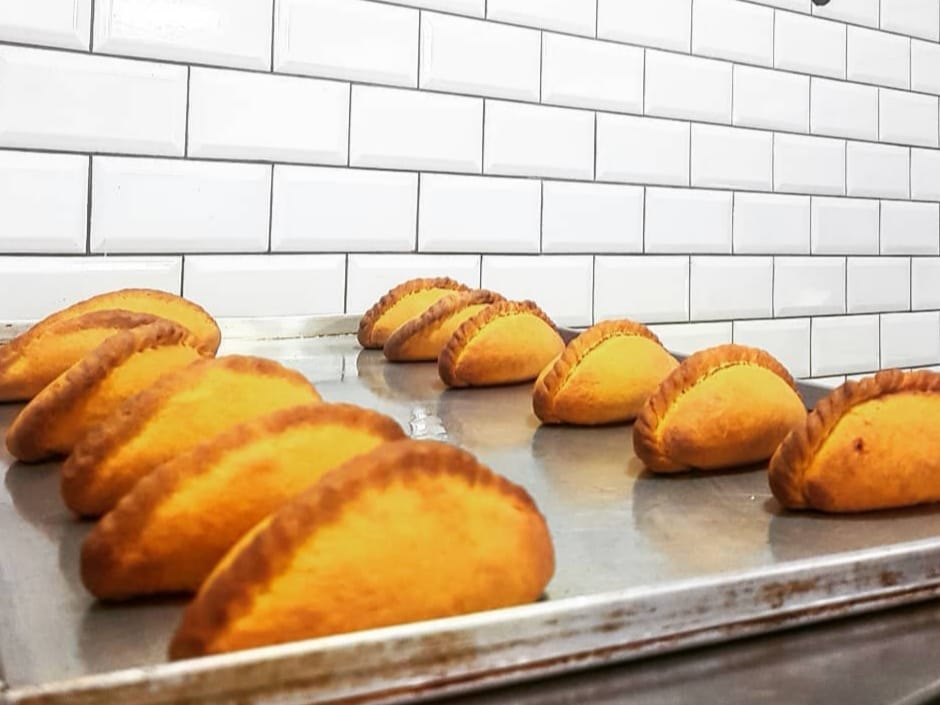

Sopa de Maní, a hearty peanut soup with beef and vegetables, is Bolivian comfort food at its best. Its delicious, rich flavors have earned it international recognition and accolades.
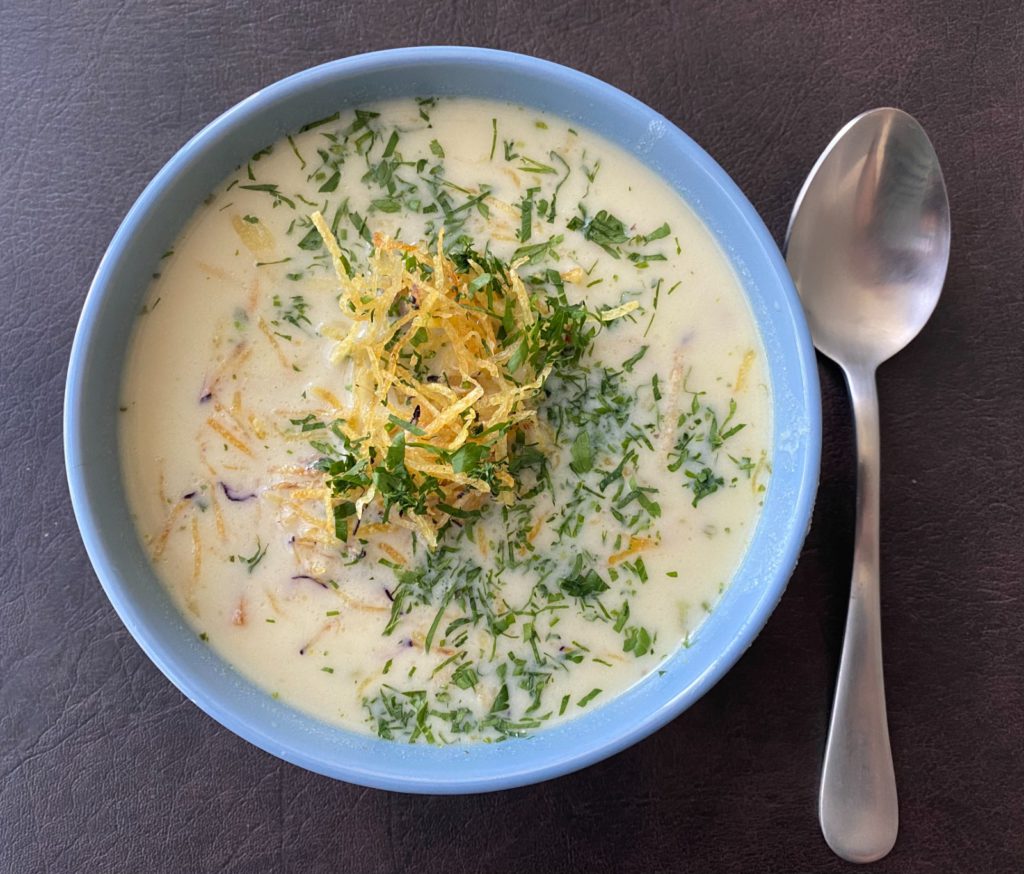

Llama meat is a Bolivian staple known for its lean, rich flavor. It’s versatile and healthy, used in traditional dishes like stews and chorizos and contemporary dishes like burgers and carpaccio.
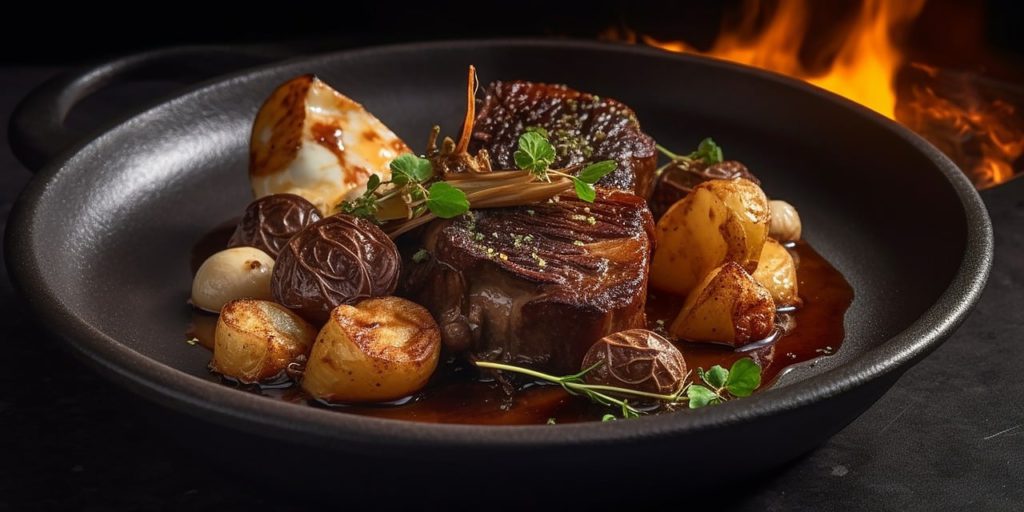

In short, these iconic Bolivian dishes showcase the country’s diverse food culture, a must-try for any travel and food enthusiast.
You can buy dead animals on the streets of Bolivia
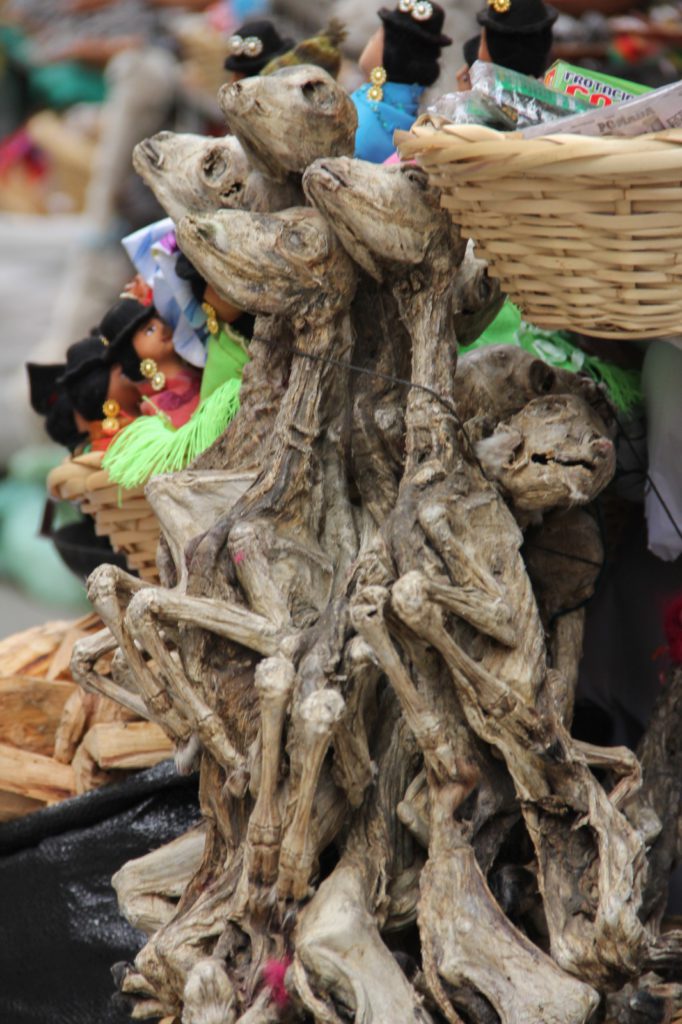

In Bolivia, it’s not uncommon to come across market stalls where various preserved animals are on display. While this may sound unusual to some, it’s actually a part of the Bolivian tradition and culture. These preserved animals, known as “animalitos,” range from llamas and alpacas to turtles and even snakes. They are often used in rituals, festivals, or as decorations. However, it’s important to note that many of these animals are ethically sourced and have died of natural causes before being preserved.
The San Pedro Prison attraction
San Pedro Prison, located in La Paz, Bolivia, may seem like an unlikely tourist attraction, but it has gained international attention for its unique community within the prison walls. Unlike traditional correctional facilities, San Pedro Prison operates as a self-governing society where prisoners have their own jobs, shops, and even families living with them. Visitors can take guided tours, led by former inmates, to gain insight into this extraordinary microcosm. It’s a thought-provoking experience that sheds light on a different perspective of the criminal justice system.
This is Crazy Dave (pictures 2 & 3) as he likes to call himself. Most days at 1 pm you’ll find him in San Pedro Square in La Paz, right next to San Pedro prison, regaling anyone curious enough to listen with colourful and animated accounts of his 14 years in the prison. He was caught trying to smuggle 8.5kg of cocaine into the U.S. A very charismatic character whose theatrical storytelling had us hanging on every word.
The prison is no longer enabled for tours, however, characters like Dave can help you explore the most curious and strange corners of the area.
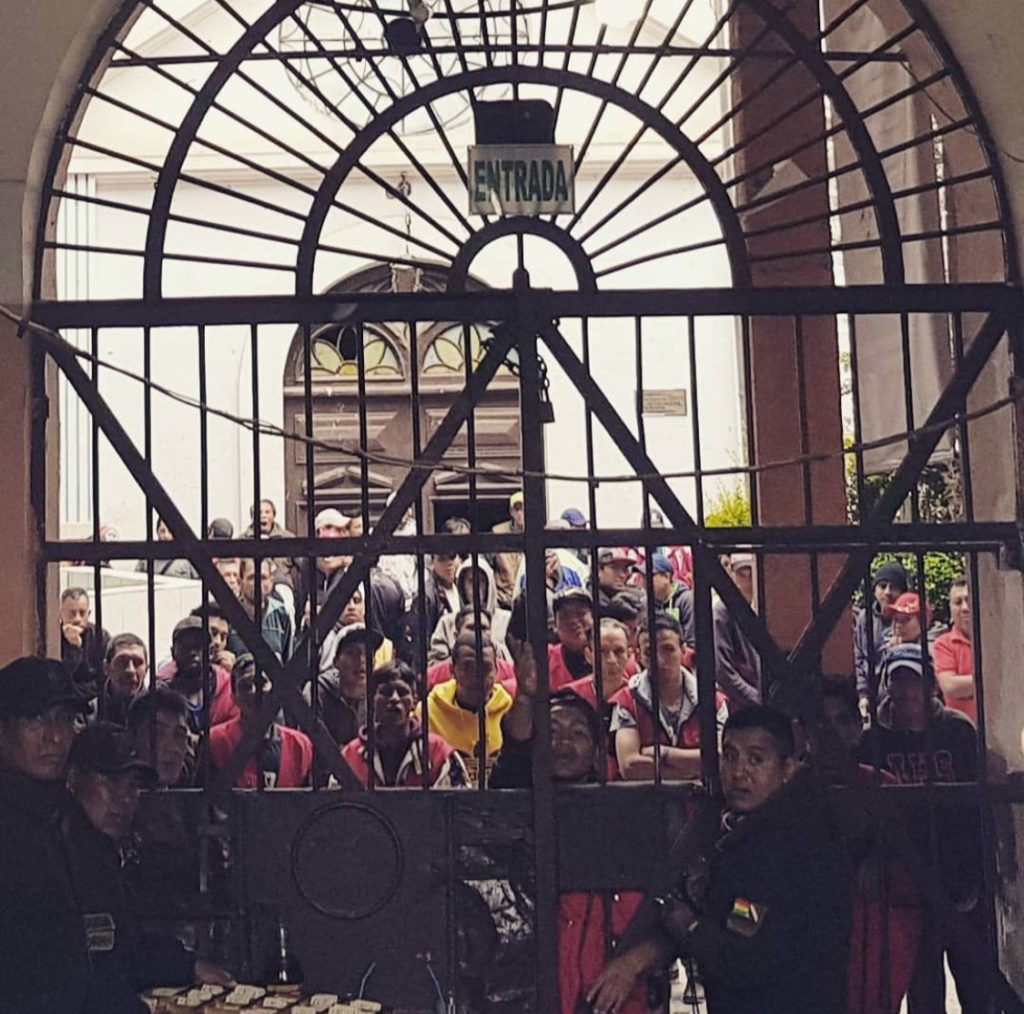

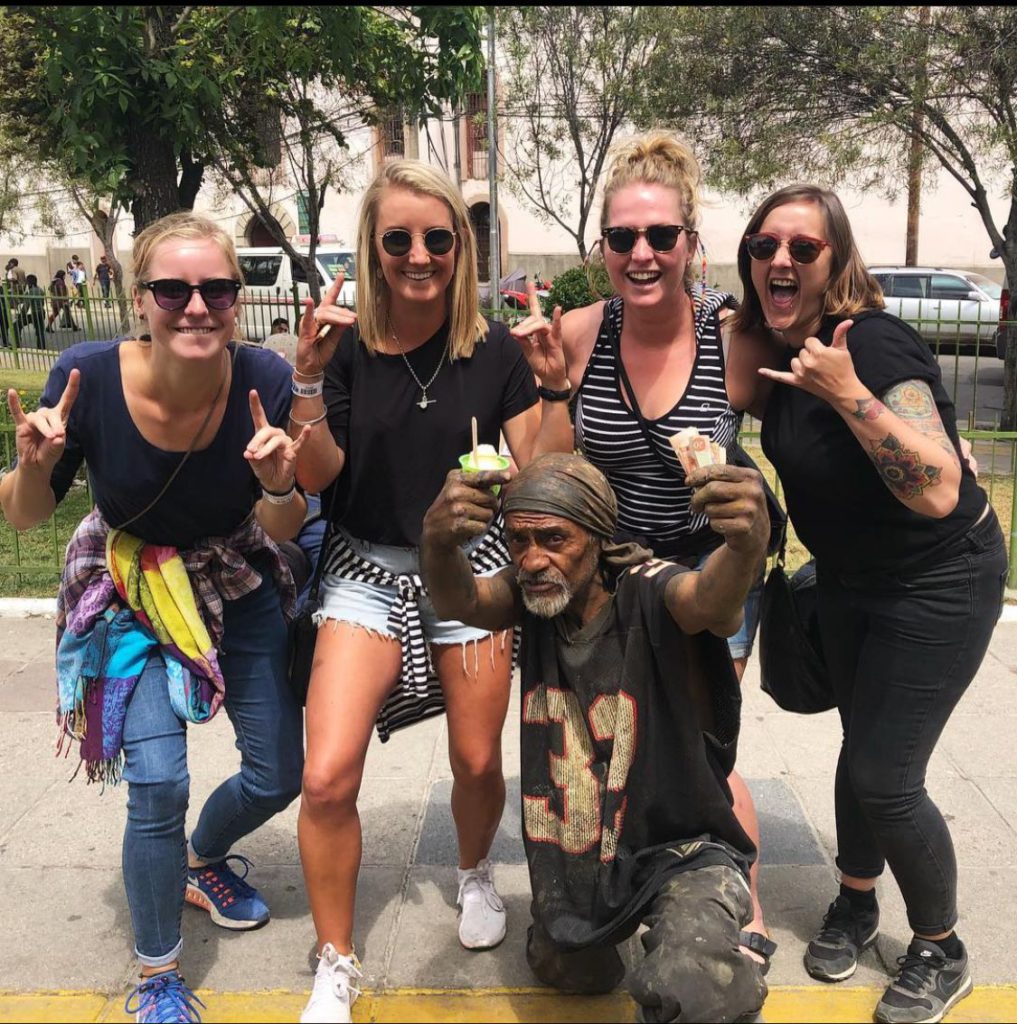

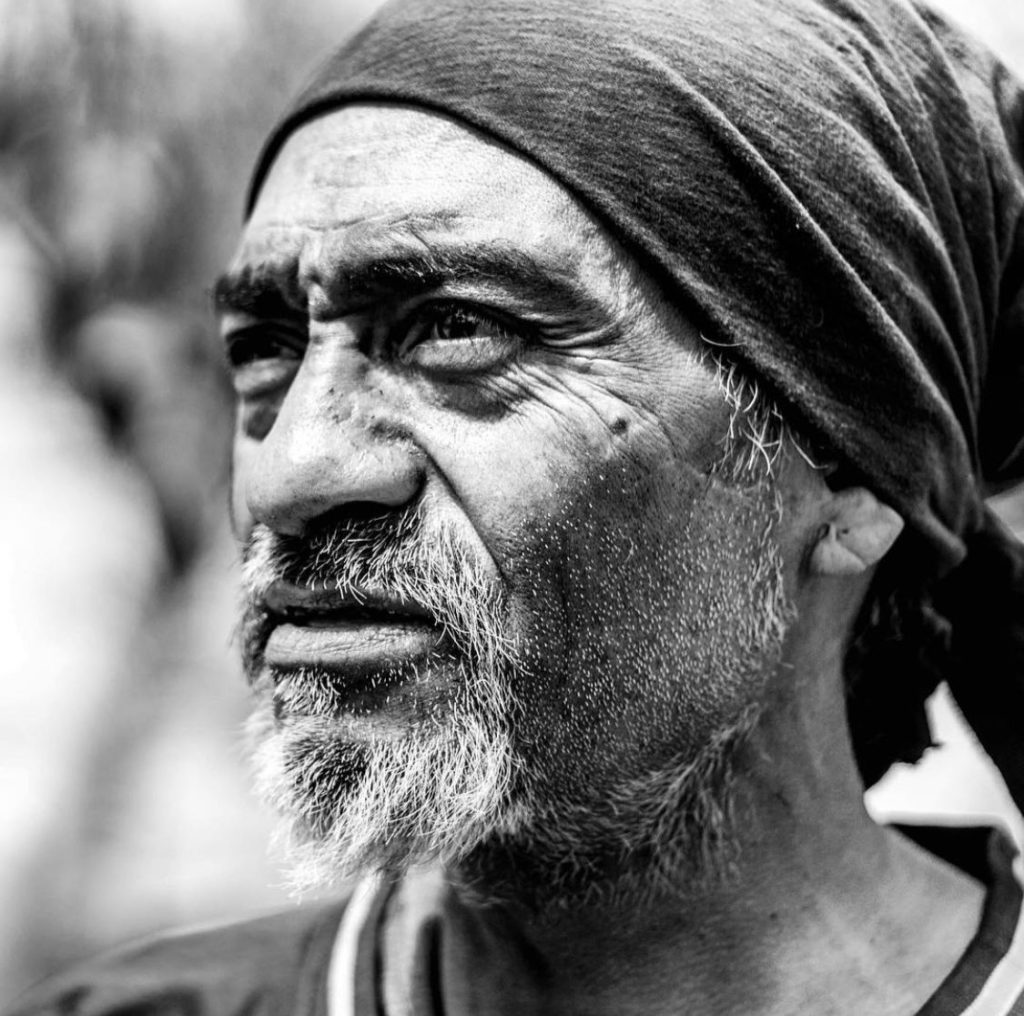

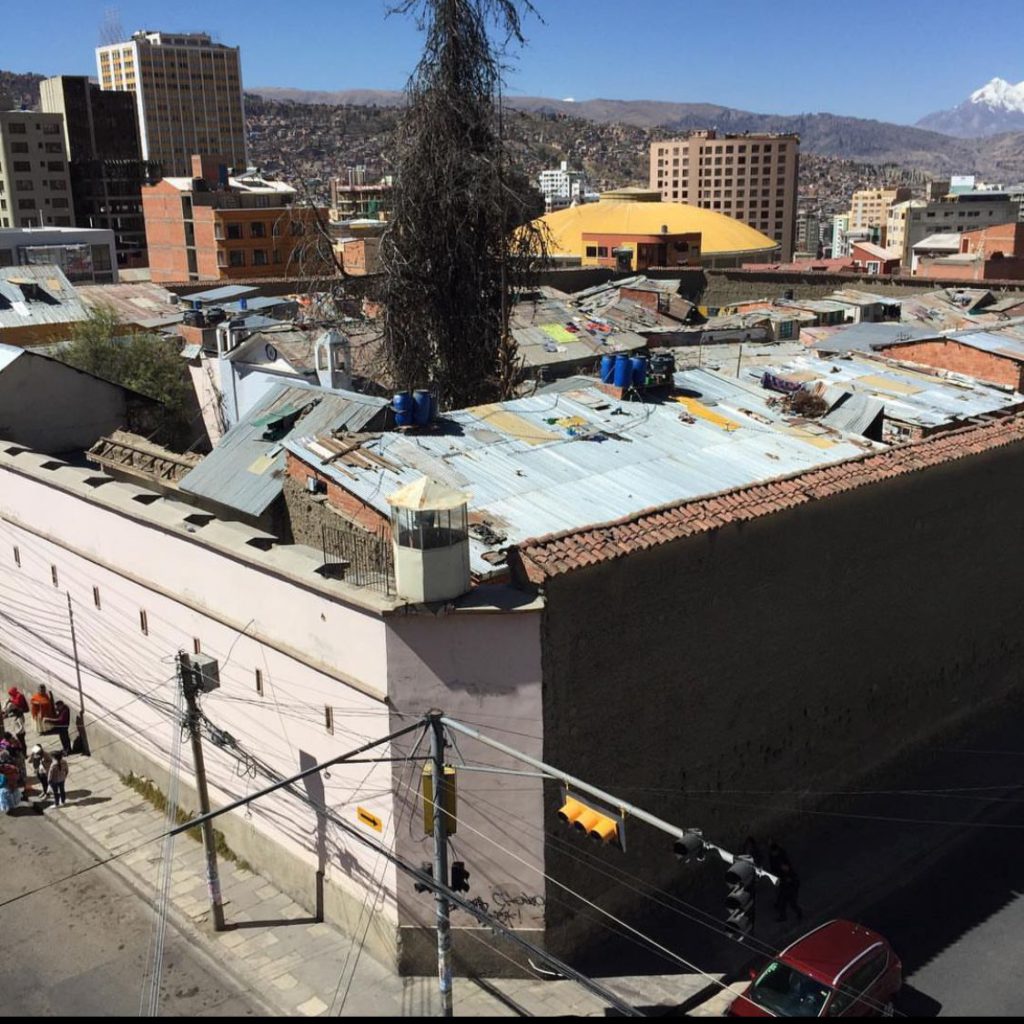

Ready?
Bolivia Best Tours
Post navigation
The facts about Bolivian animals you should know
Bolivia boasts incredible biodiversity, with its diverse landscapes hosting a wide array of fascinating animal species. From the elusive Andean condor soaring through the sky to the adorable three-toed sloth lazily hanging from tree branches, Bolivia is a paradise for wildlife enthusiasts. The country is also home to unique creatures like the pink river dolphin, the spectacled bear, and the capybara, the world’s largest rodent.
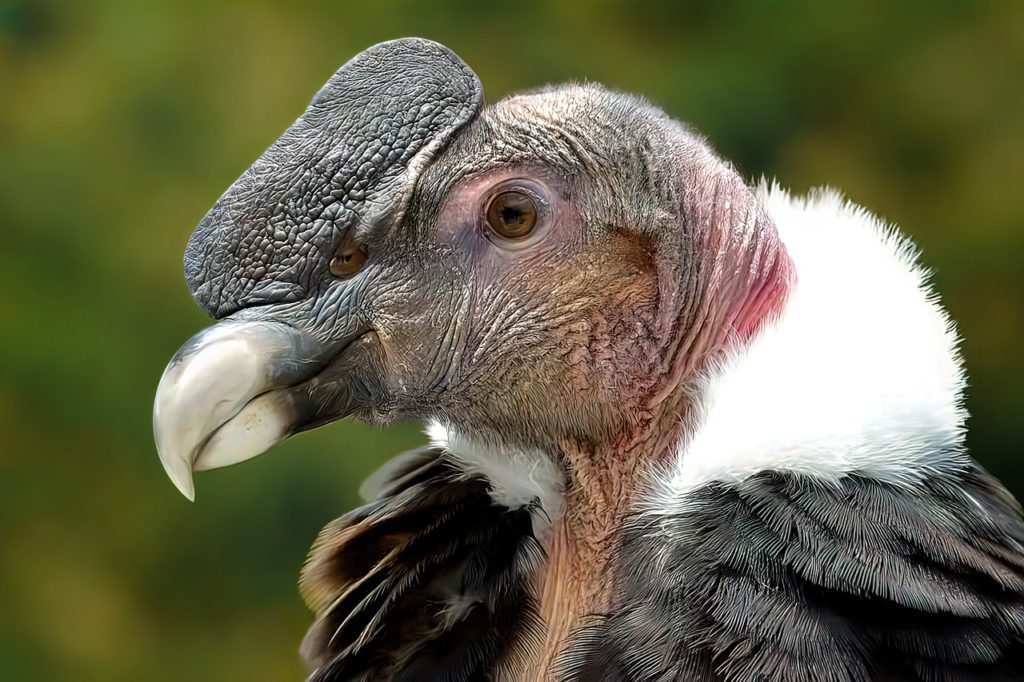



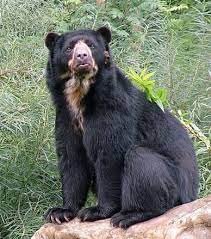

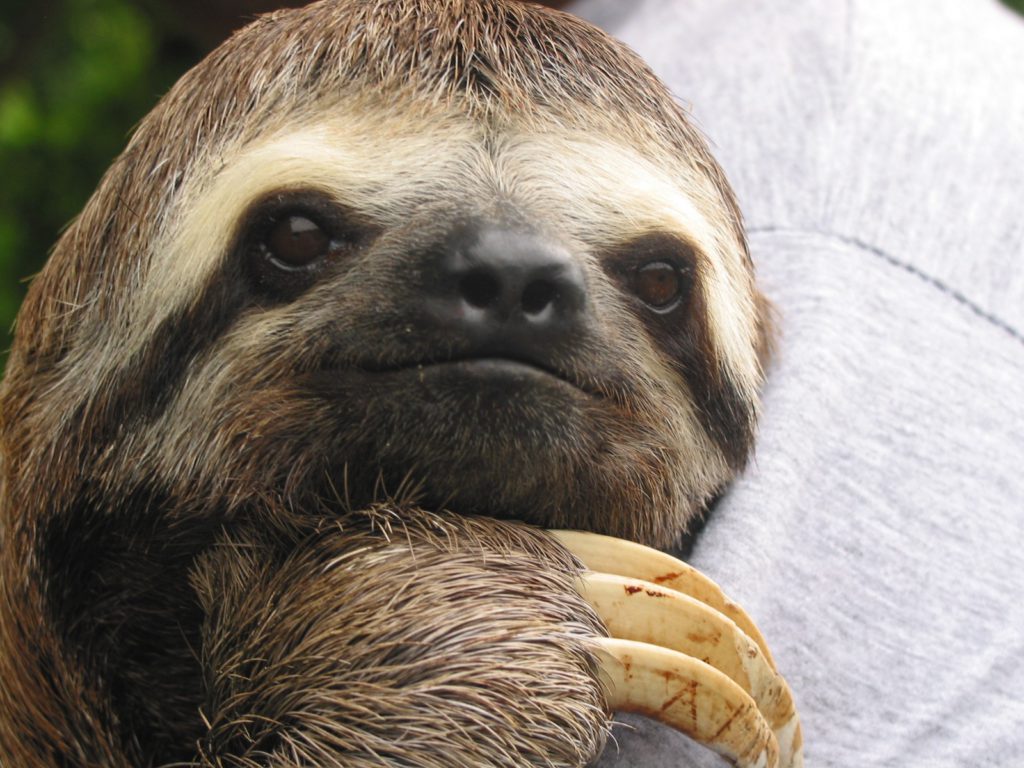

Weird facts about Bolivia
- Bolivia holds the record for the highest altitude soccer match ever played, with a game taking place at a staggering 5,600 meters above sea level. These peculiarities add to the country’s charm and make it a destination like no other.
- Bolivia is also the country that hosts the highest professional golf course in the world. Big celebrities must travel continents just to be able to test their skills at this height
Bolivia: salt resources and life in the high latitudes
Bolivia is home to the world’s largest salt flat, the mesmerizing Salar de Uyuni. Spanning over 10,000 square kilometers, this otherworldly expanse of pure white salt offers a surreal experience for visitors. The salt flats also serve as a vital resource for Bolivia, with extensive salt mining and production. In addition, the high altitude regions of Bolivia present unique challenges and adaptations for the local inhabitants, including the cultivation of resilient crops like quinoa and the ability to live in extreme conditions.
See our Best Salar de Uyuni Tours 2023:
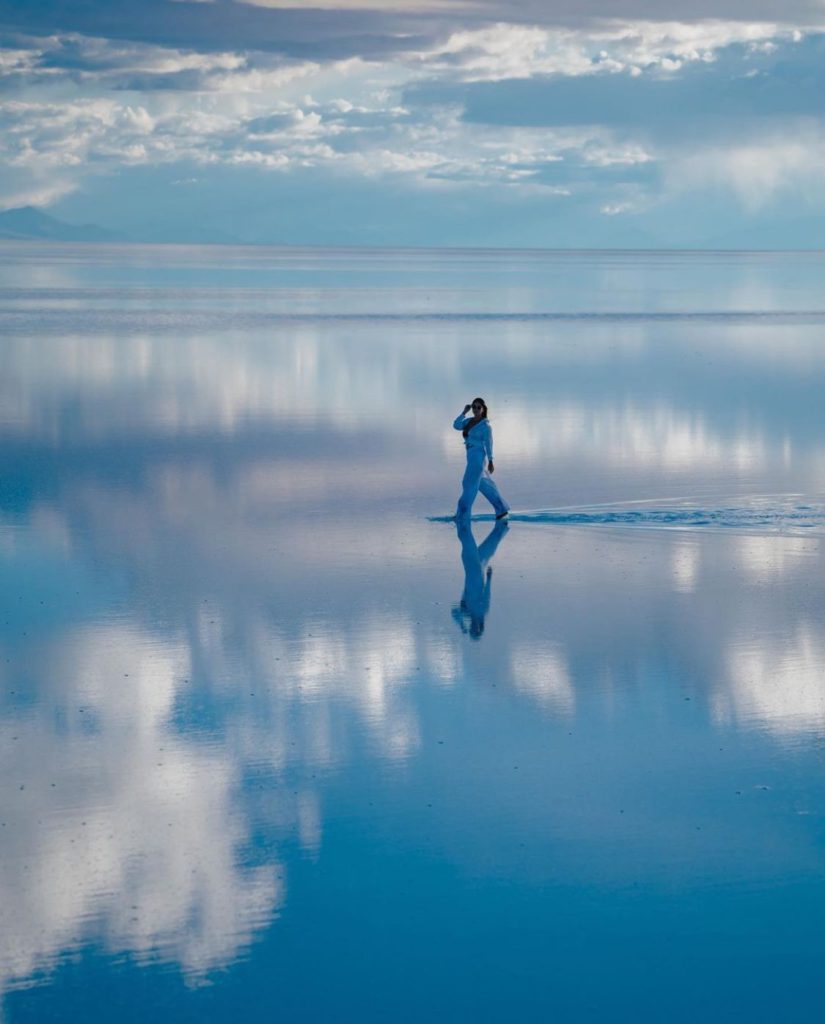

Fun facts about the geography and nature of Bolivia
Bolivia is a geographically diverse country that encompasses towering mountains, dense rainforests, vast deserts, and picturesque lakes. It is home to Lake Titicaca, the highest navigable lake in the world, which holds deep cultural significance for the indigenous communities. Bolivia also boasts the stunning Andes mountain range, including the majestic Illimani and Huayna Potosí peaks. With such breathtaking landscapes, Bolivia offers endless opportunities for outdoor adventures and exploration.
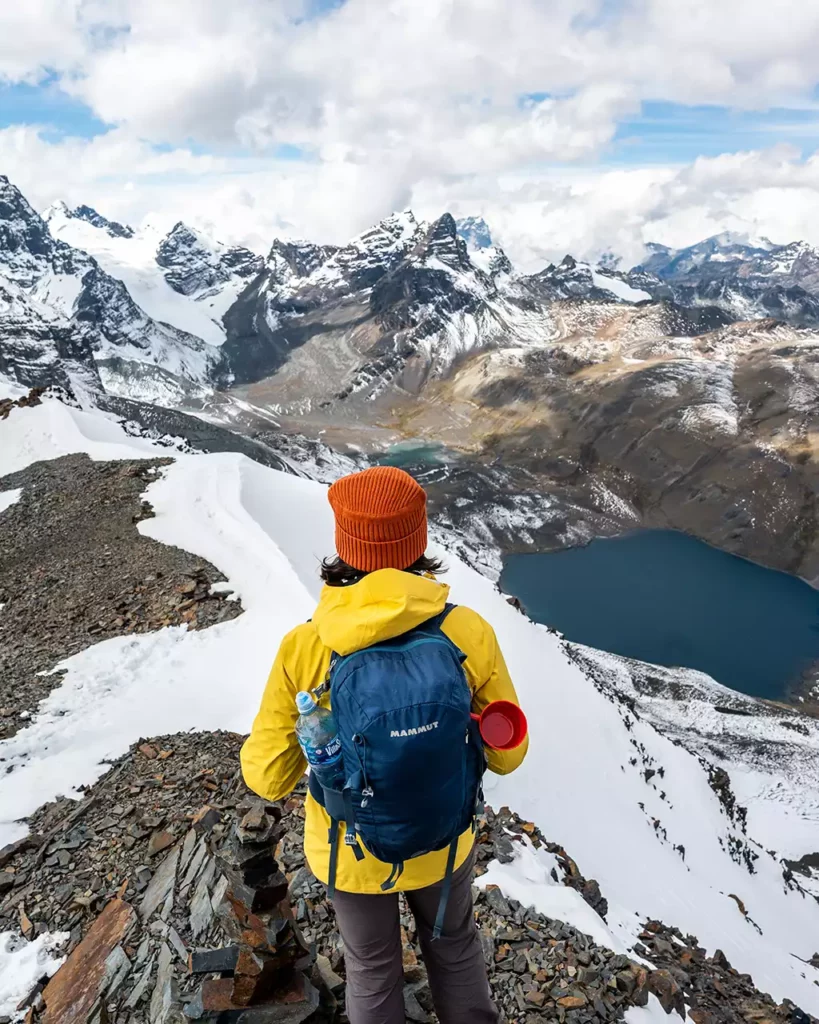

Curious facts about Bolivia
- Bolivia has a law called “The Law of Mother Earth” that grants nature equal rights to humans.
- The world’s most dangerous road, known as “Death Road,” can be found in Bolivia. Explore our Death Road Bike Tour.
- The country has more than 200 indigenous groups, each with its distinct traditions and customs.
- Bolivia has the highest cable car system in the world, offering stunning panoramic views of the cities and mountains. You can explore the cable cars and La Paz city with us!
- It is considered rude to refuse coca leaves offered by locals, as they hold cultural and medicinal significance.
- Bolivia has a tradition of building “Witch Markets” where locals can buy herbs, potions, and other mystical items.
- The Andean region of Bolivia is known for its colorful and vibrant festivals, such as the “Carnaval de Oruro” and the “Diablada.”
- Bolivia has the largest deposit of lithium in the world, making it a key player in the renewable energy industry.
- The traditional Bolivian hat, known as the “bombín” or “cholita hat,” is an iconic symbol of Bolivian culture.
The most unusual celebrations of Bolivia
Bolivia is known for its vibrant and colorful festivals that showcase the country’s rich cultural heritage. One unique celebration is the “Fiesta de las Ñatitas,” or “Day of the Skulls,” where people gather to pay homage to deceased loved ones by decorating and parading human skulls. Another extraordinary event is the “Diablada,” a devil-inspired dance performed during the Oruro Carnival, featuring intricate costumes and mesmerizing choreography. These celebrations offer a glimpse into Bolivia’s captivating traditions and the lively spirit of its people.
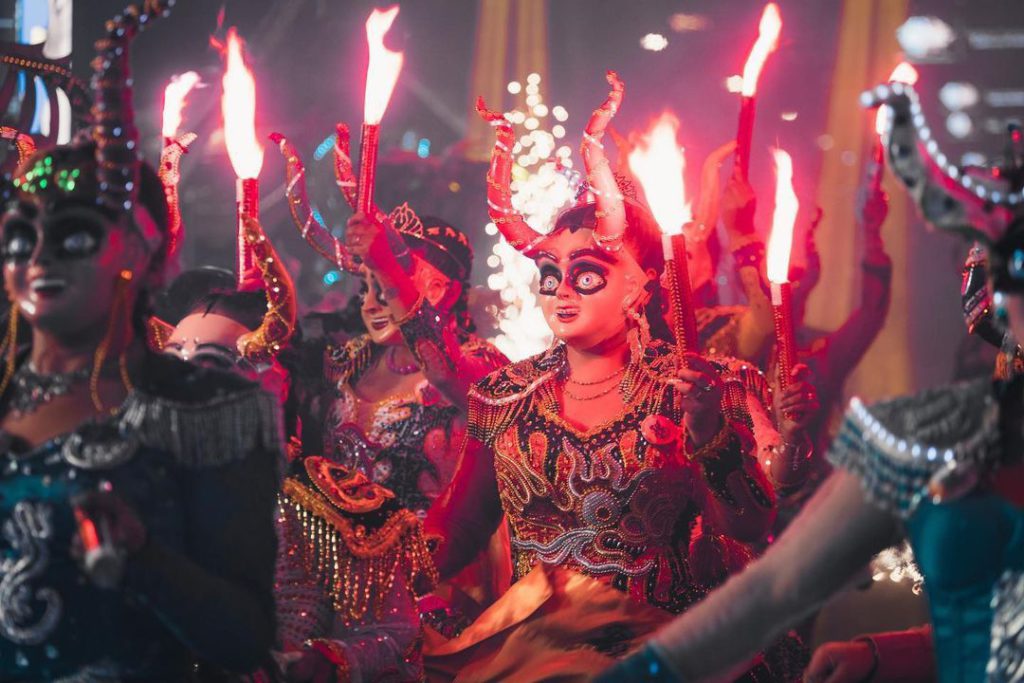

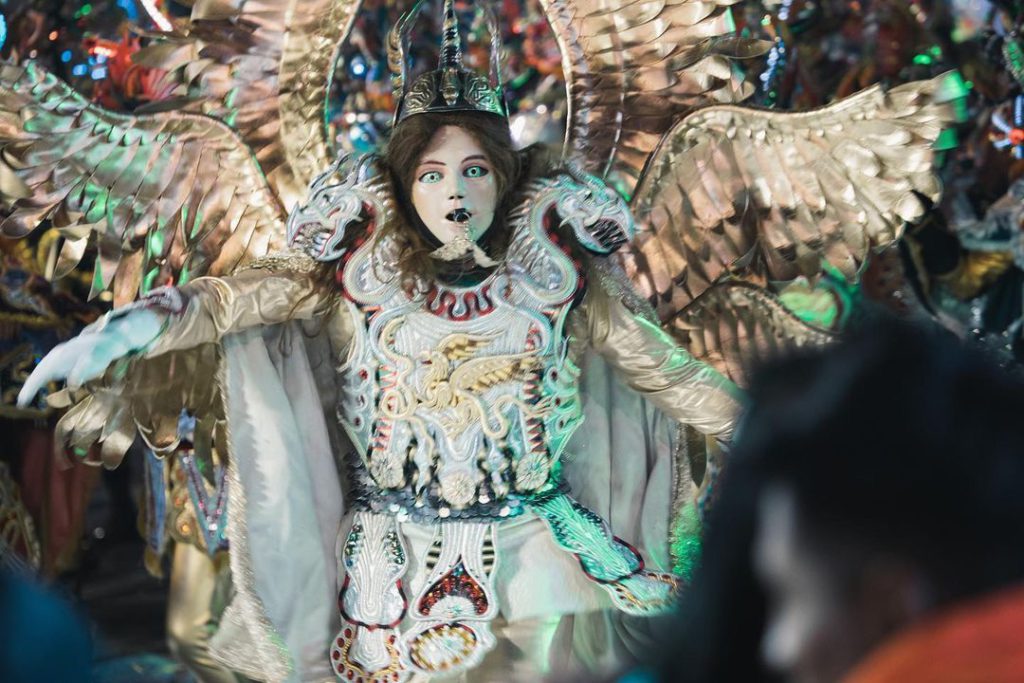

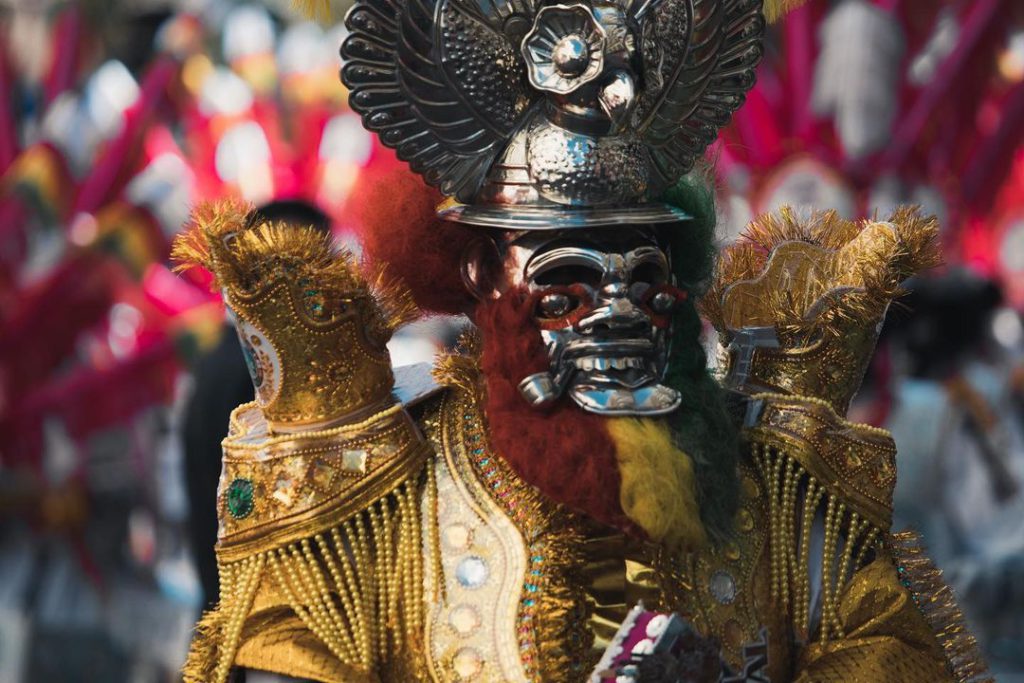

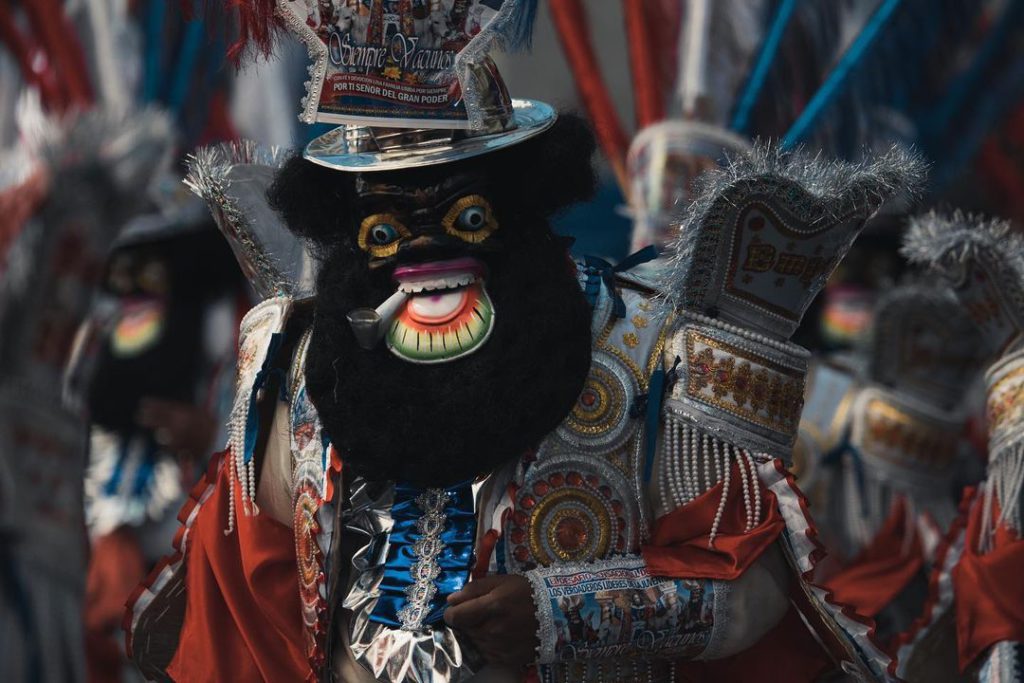

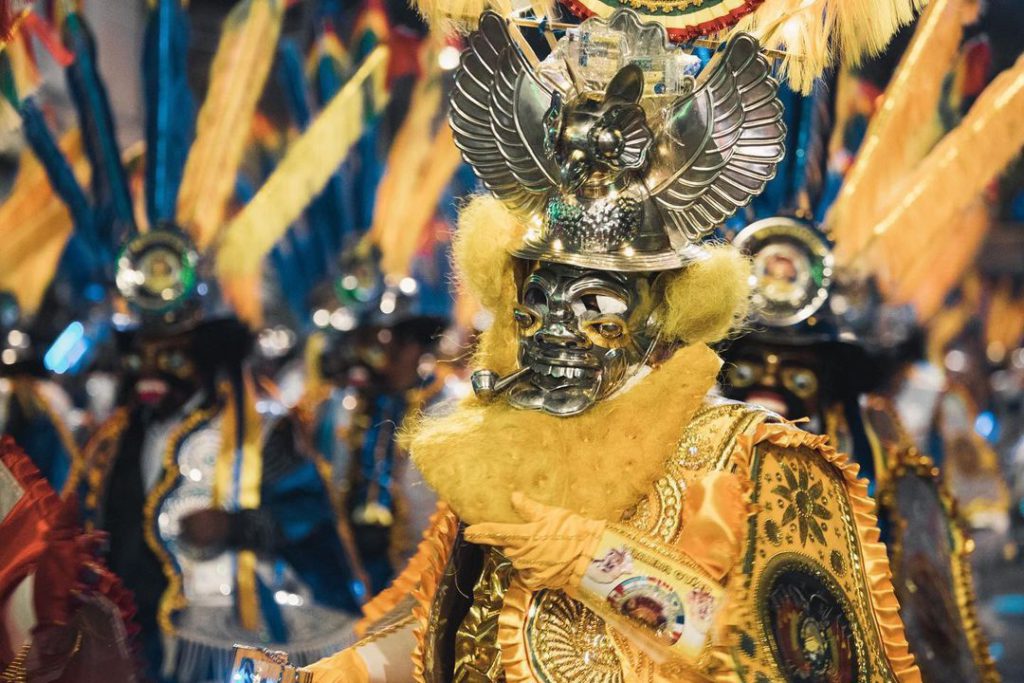

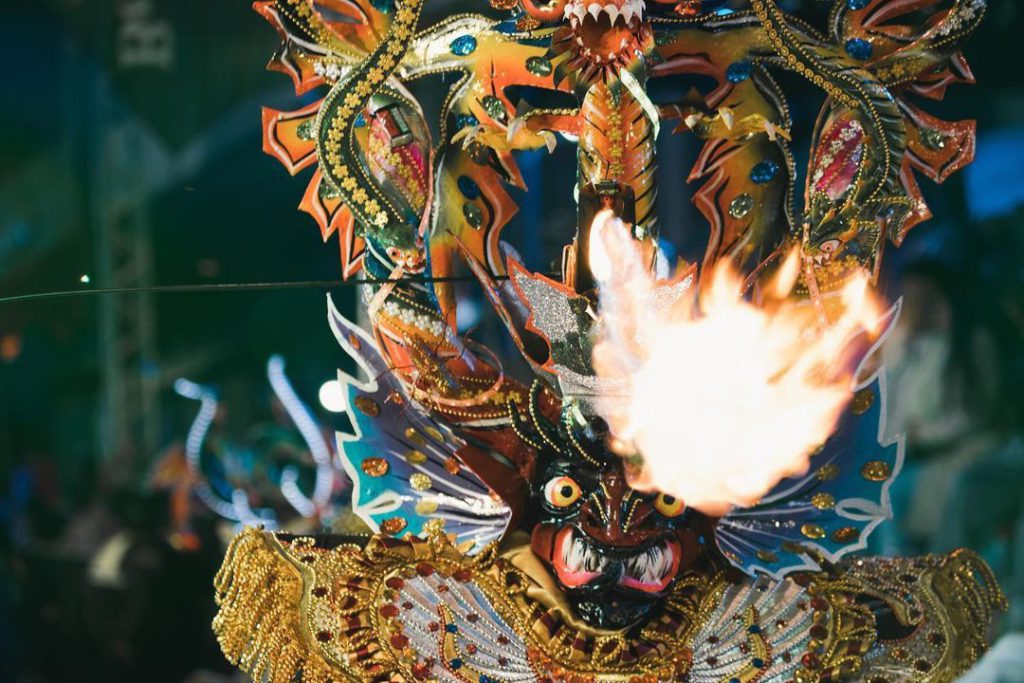

Conclusion
Bolivia is a land of enchantment, where captivating fun facts intertwine with rich cultural heritage and breathtaking landscapes. From its diverse cuisine to its unusual traditions, Bolivia offers a tapestry of experiences that will leave a lasting impression. So, pack your bags and get ready to explore this remarkable country, where every corner reveals a new and exciting adventure. Bolivia awaits with open arms, ready to captivate your heart and ignite your sense of wonder.
